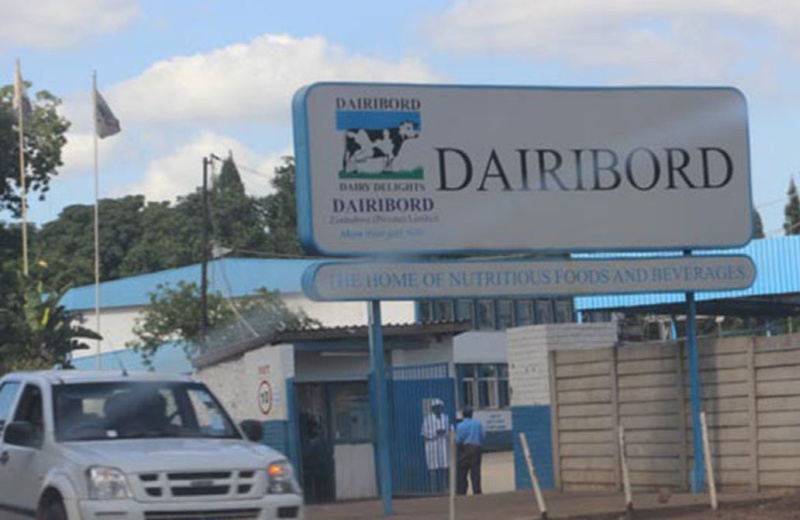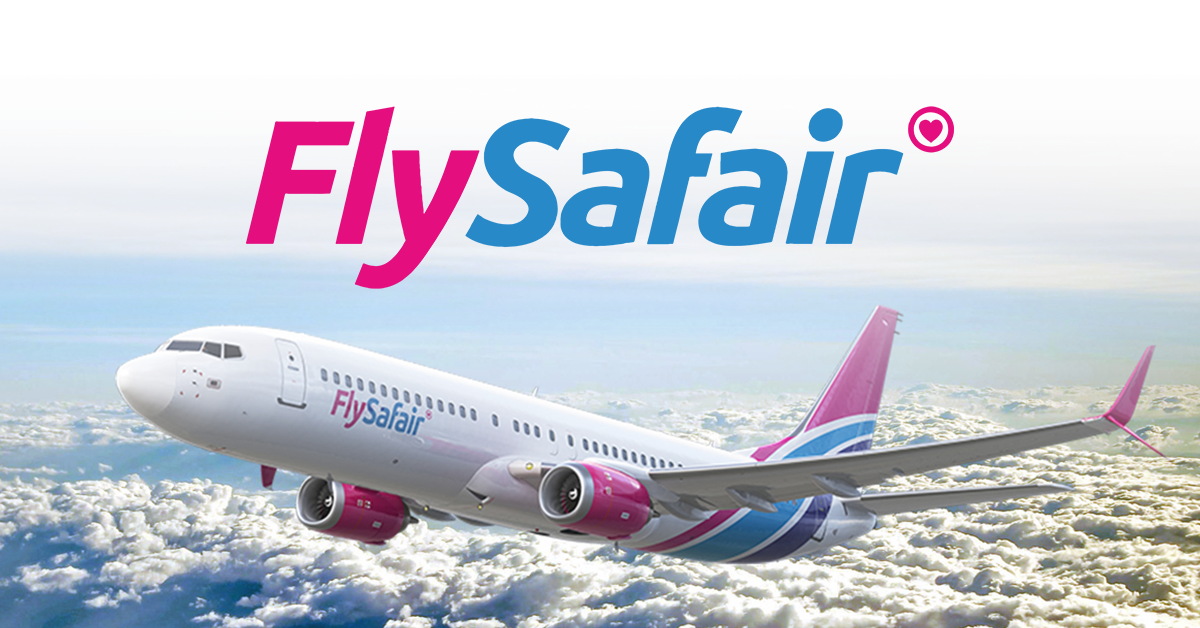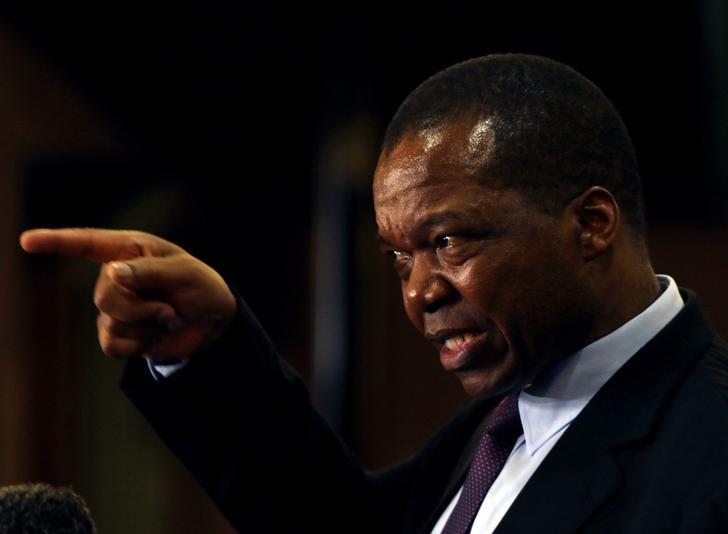Mangudya to liberalise willing-buyer, willing seller
The country’s monetary authorities will soon be further liberalising the willing buyer willing seller (WBWS) interbank foreign currency trading system as efforts to find a sustainable and effective forex pricing system continues, Business Weekly has learnt.
The WBWS system was introduced early April this year as a way of further liberalising the foreign exchange market.
The WBWS system is in addition to the foreign currency auction system, which is failing to find traction and acceptance from economic agents.
This comes as the exchange rate on the auction system continued to lag the parallel market which continued to trade at an average 100 percent premium.
The auction system was also characterised by delayed disbursement of foreign currency to successful bids with the settlement cycle stretching to as far as three months at some point.
And as one of its remedial measures, the central bank introduced the WBWS and designated it as a reference rate for transactions in the country.
In its original form, as announced on the fourth of April 2022, the WBWS system allowed banks to conduct foreign exchange transactions of upto US$1 000 under an arrangement agreed upon between banks and the Reserve Bank of Zimbabwe and in terms of which individuals with free funds and entities/corporates holding foreign exchange in their foreign currency accounts (after meeting the statutory surrender requirements) shall be free to sell foreign currency to banks on a willing-buyer willing-seller-basis.
The facility was later revised to US$5, 000 with access being granted only to buyers who need to make external/foreign payments, individuals who need to make foreign payment for education, medical expenses and importation of goods and services.
Banks would also need to see invoices and statements confirming the amount payable as well as make payments directly to the suppliers.
While initial indications suggested that the new measures were working, with the premium between the official rates and the parallel market rates coming down to 50 percent, the gap has since spiked again toward 100 percent.
With the parallel market rate continuing to spike, the central bank has now taken further steps toward making the WBWS system accessible to more economic agencies.
According to sources familiar with the developments, the forex committee and the central bank have now agreed that the restriction of WBWS window be lifted and become open to all clients.
Additionally, transaction limit will be increased to US$10,000 per week. RBZ governor, Dr John Mangudya, who was attending the Afreximbank Annual Meetings held this week in Cairo, Egypt, confirmed the new developments to this publication. “Yes indeed. We shall be communicating to that effect to allow for further liberalisation of the foreign exchange market,” said Dr Mangudya.
He reiterated his stance that the volatile exchange rate is; “about speculative pricing behaviour, forward pricing of the price of foreign exchange”.
“Look at the way business is operating that side in Cairo, Egypt. Business is concentrating on business.
“Our fundamentals are relatively strong to support a stable exchange rate but negative sentiments are driving the rate which is very unfortunate as it works against the tremendous progress attained by the economy over the past two years,” he said.
Market watchers feel the solution to the country’s economic woes lie in finding a lasting solution to the trading of foreign currency.
Another school of thought is that the problems lie with excessive printing of money which the central bank has continuously denied.
Others feel the solution lie in having positive real interest rates as negative real interest rates lead to cheap money chasing foreign currency.-eBusiness Weekly










